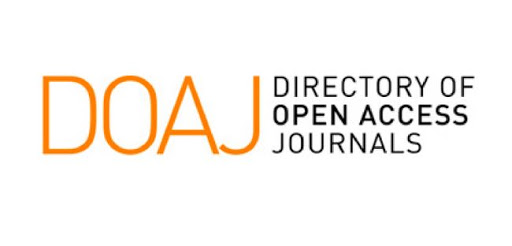Paper ID : SMJ0809215509370 | View : 42

Abstract : Background Help-seeking behavior for female sexual dysfunction (FSD) is affected by cultural and religious factors. Our objective was to evaluate the factors impacting FSD in premenopausal women from Basrah. Methods From (Sep2018-Jan2021), we conducted a cross-sectional study on 673 married premenopausal women with sexually-related complaints for >6 months. Initial visit involved relevant history and examination using non-judgmental patient-centered approaches to diagnose FSD in 219 women, for whom a couple-interview session was scheduled, involved intimacy assessment, use of Female Sexual Function Index (FSFI) Scoring and Decreased Sexual Desire Screener (DSDS) for hypoactive sexual desire disorder (HSDD) diagnosis. Relevant hormonal and biochemical tests were evaluated. The ultimately enrolled women were 166 women. Pearson's correlational analysis and Mann-Whitney U tests were used. Results FSD prevalence was 24.67%, mean duration (8±2months). Intercourse frequency prior to complaint (3±1 weekly), compared to (2±1 monthly) in the latest month before presentation. All FSFI domains scores were reduced. DSDS diagnosed generalized and secondary acquired-HSDD in 31 and 57 women, respectively. The hormonal investigation did not aid FSD diagnosis. Pearson's correlational analysis showed no significant correlation between test variables and FSD. Conclusion No significant correlation between FSD and any psychosexual, physical, and biochemical parameters could be seen. Longitudin










